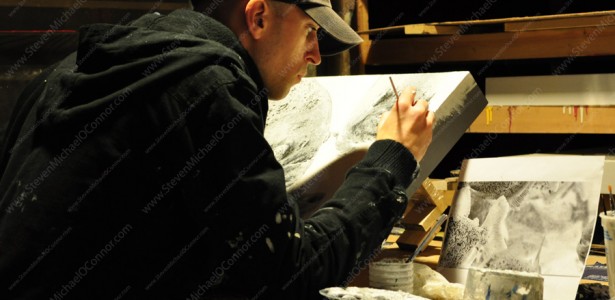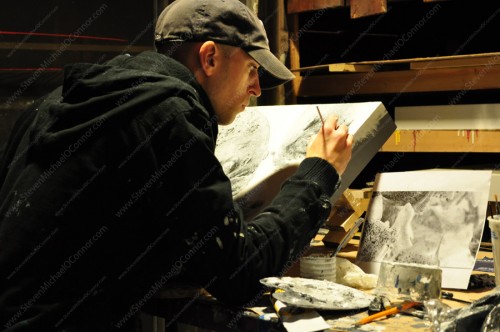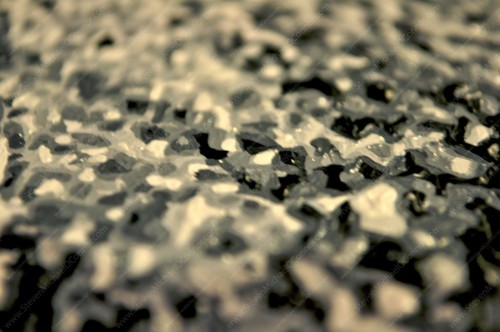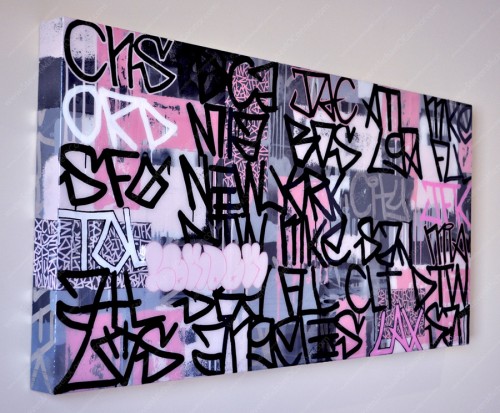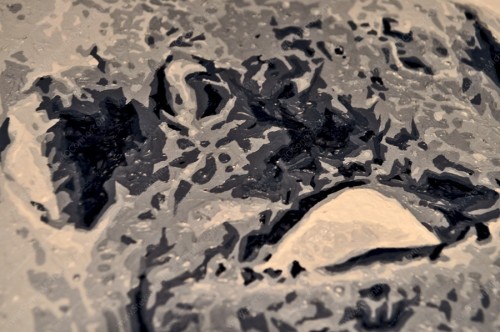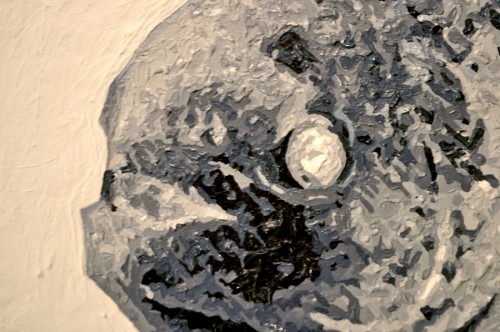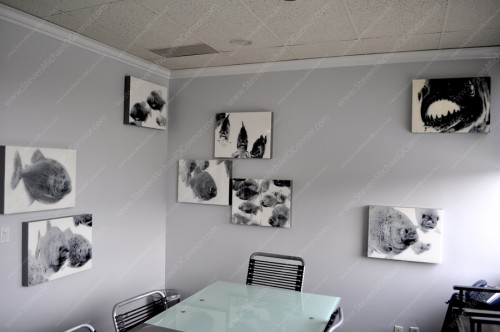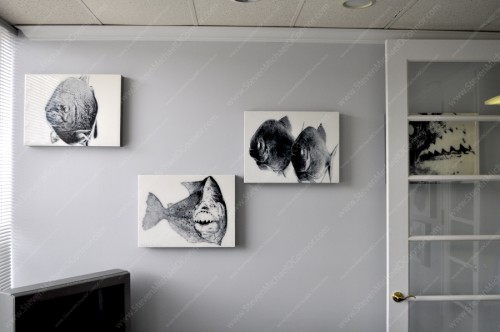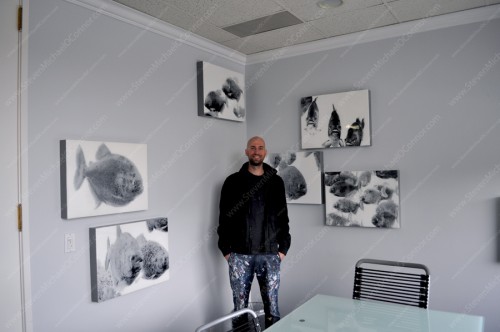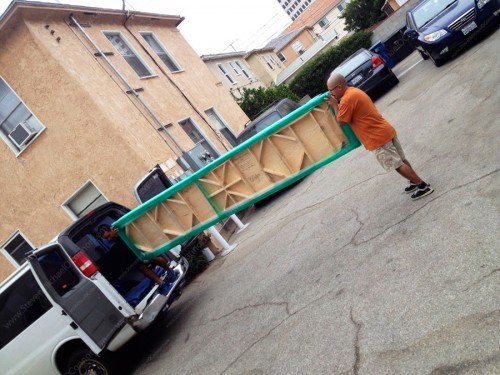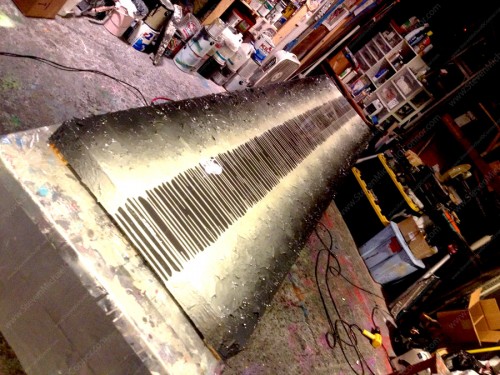Blog # 4
Part 1 “Commissions”
Occasionally in life the opportunity to take on a massive project, task or assignment presents itself. At first glance the challenge can feel both exhilarating and yet simultaneously daunting. On November 9th 2010, I signed a contract to undertake the largest creative endeavor of my career. After a year and a half of intricate painting, I had finally completed my most complicated commission project to date. Now that my work has been hung and a few years have passed this feels like the perfect opportunity to sit down and write about exactly what a commission project is and more importantly what an artistic venture of that scale involves. In honor of the longest commission of my career, I’ve written an even longer blog entry.
Before I get into the commission itself, you should understand that selling artwork in a turbulent economy is difficult, especially for an emerging artist. When you tell someone that you are an artist they immediately expect you have an alternative source of income. That happens mainly because surviving on selling your own paintings isn’t easy. We’ve all heard the stories of amazing painters, like Van Gough who died unknown, never having sold any of their artwork, dying broke and alone. It can take a while for the public to catch on to emerging artists and sometimes a painter can live and die without ever getting a second look. You can have amazing talent artistically, but if you want to spend all day everyday painting you must learn to sell. For the past six years I’ve been lucky enough to paint full time and I believe that in order to succeed in a profession such as painting, one must emerge themselves entirely…grinding nonstop until you can achieve stability. I am proud to be a working artist, paying my bills while my style was still being shaped and defined. For me, painting is a fantastic profession, if you can ignore our societies preconceived notions about what being an artist entails then you can make it happen without a supplemental income. Keep in mind that making your artwork is only half of the job. Selling the work is the other. It’s my job to constantly create groundbreaking visual imagery, after that’s accomplished I must convince my viewers it’s a good idea for them to invest in my work. In order to be able to spend all day everyday painting, I have to be a good salesman. Basically I’m selling my work and I’m selling myself…all while attempting to avoid selling my soul. As with most things in life it all breaks down to getting paid to do something you love…but it isn’t always black & white.
Commission pieces are customized artwork, specifically tailored for a person with a particular vision in mind. Clients commission me to paint customized artwork using my previous series and paintings as reference points for the style they envision for their piece. The client usually has specific parameters in mind such as size and color. The more information I have the easier it is for me to create the perfect painting, so I’ll often take or review photos of the location and begin to sketch out my ideas for the commission project. They often take much longer to complete and if you ask most painters they can quickly end up being a headache.
In between shows, clients will come to me and place orders for custom pieces. The process starts with an email or phone call from the viewer, in which they describe a past painting of mine that resonated with them. We try to figure out exactly where/what wall they are looking to hang apiece on. After we pick out a size for the canvas, I take a close look at the room and its colors to determine the pallet for the piece itself. At this point I usually do a rough sketch of what I think would be the most appropriate piece. After an image is agreed on I’ll work up a quote for the project. If the project turns out on time and under budget it is profitable, if it goes over then it starts costing me money. That happens because when I’m working on a piece for longer then scheduled, I’m not working on anything new which costs me money. Throughout this process I try to be as open and flexible as possible without compromising my artistic integrity. I’ve turned down a handful of projects, because the idea of painting batman getting his pants pulled down didn’t exactly feel like a smart career move. So now that you know how the process works you can see how painting a random piece from scratch can be more enjoyable then working on a piece with constraints already in place. That said, I believe that every time I paint a piece of a particular series it improves. The more you do something the better you get at it, creating custom pieces…I view them as homework assignments, a challenge that has fixed parameters, that after completion will have made me a little bit better as an artist. Commission projects are an intricate part of my career, but most artists will tell you they can quickly become a nightmare. They can provide a finical life raft in between shows, or become an albatross. My tip for other artists is to do your best to define the sketch portion of the piece, that way you don’t have to repaint apiece multiple times. I sketch quickly and roughly because time is money and if the client wants a more detailed sketch then don’t hesitate to ask for a deposit (if you haven’t already) getting compensated for your time is an important key to growing your business. Fact is…commissions are notoriously difficult. Its very rare that I can match with a paintbrush whatever image my client has dreamt up in their head, but when you can it’s an amazing feeling!
PART 2 “The Piranha”
That said this ‘Piranha’ commission was the most difficult project of my career. The commission itself consisted of (12) 2ft x 1.5ft panels of South American Red Bellied piranhas painted at various distances/lighting. I created my predator series style by inverting the images much like a photo negative, painting every black in white and vice versa. Doing so created continuity among the panels/predator series. When visually applied to an imager of a natural predator the outcome painted image becomes very eerie. Inspired from watching the intro for the TV show ‘Tales from the Darkside’ as a kid. The commission as a whole was done entirely in acrylics. Each panel has 12-14 different shades of grey so it covers a wide gradient scale. The majority of it painted with .5mm brushes.
That’s the logistics. To say painting these images were complicated is an understatement. Time wise, they took close to a year of straight work. Seven days a week, ten-hour days and it’s about a 10-11 month project. I personally grossly underestimated the lengthy time commitment necessary to complete the panels. I am not a photorealistic painter, and these were a huge departure from my comfort zone. That’s probably why I had to start over on so many of them. I figured out if something wasn’t working to erase or paint it out right away because I’d spend more time trying to fix un-proportionate images then I would just going over them. The projector is a huge help without that I don’t think I would have even attempted to put these on the canvas. Another tip for artists is practice painting simple objects, it’s more about the sketch then it is the paint. You can visually see over the course of the commission how my hand improved. I learned that the fun of painting this way was you that you could avoid nature’s imperfections and replace them with a more appealing line or mark.
I typically enjoy explaining every aspect of my artwork to people. During that process I am often surprised by how accurate, even the heavily of abstracted pieces, my audience is able to accurately articulate my preconceived narratives. I don’t like painting for just aesthetics. There is always a message, meaning, or motive behind my paintings. Sometimes I am reluctant to share the theme; often for fear that it may affect the potential sale. Occasionally a viewer can even offer insight into one of my pieces that I myself may not have even noticed.
This commission has a lot of meaning. The patron wanted a wall to appear like a fish tank, the style of fish was important to him, and he liked how the original one(s) looked, but he was concerned that the fish’s reputation may send off the wrong message to visitors who would see my work in his place of business (conference room.) I thought that the piranha was the perfect fish for the setting, but I’m an artist. For me these were all about the piranha and less about a fish tank. I approached them as if in the wild, the viewer swimming into a school of these calculated animals. I wanted to incorporate the original more menacing open mouth images and expanded the commission from 9 new pieces to 12. I wanted it to feel like piranhas, because that edge/danger was what attracted me to them in the first place. The fish are definitely misunderstood by the public, and it’s often said that the most dangerous piranha is the one flopping around the bottom of a fisherman’s canoe.
It also helped that the client had pet piranha growing up. I was fascinated by the fish because it is illegal in most parts of America, for fear of the fish’s owner getting tired of it and releasing it into the wild where it could ruin an ecosystem since its natural Amazon predators like the crested caracara & baby crocodiles aren’t present in a body of water like the LA river or Lake Mead. Letting something loose in the wild can really have severe environmental consequences. Most native species don’t stand a chance against this exotic fish when fighting for food, and even though the weather in most parts of America prevents a fish like the piranha from surviving in the wild, that isn’t the case everywhere. In LA, where it’s a little warmer then average the idea of having these hybrid fish on the wall feels less like a fish tank to me and more of this unpredictable consequence of these aquarium fish being released into the wild and surviving in this Darwinian ecology.
I see a lot of parallels between my art career and these fish. Both starving, both from somewhere else originally, fighting for success in a very competitive ecosystem. The consequences of our actions are unpredictable, so is the subject matter of my work. Fighting to be noticed and simultaneously hoping to go under the radar long enough to develop. Comfortable going it alone, but finding safety in numbers…I could go on and on. The fact is that I relate to these fish and it’d be fair to say that I saw this project as a self-portrait.
The fish itself doesn’t really attack people often unless it’s starving. They live in muddy rivers and lakes in South America, and when the rainy season starts the rivers overflow and they swim out with the floodwater across the jungle floor searching for food. Eventually the rain stops, the streams dry out and often times the piranhas are stranded…that’s when they get dangerous. If you walk across a muddy puddle of hungry cannibalized piranhas you could really get hurt. However that’s very rare. They’re a cool ass fish. The piranha has about 20 different species and they tend to move in pairs and swim in schools, they hate having a piranha behind them. Some are vegetarians, most are carnivorous. I really did my homework on them and I was definitely obsessed with completing these pieces. When I finished coating them it was oddly emotional. I’ve never put that much of myself into a project before. I definitely need to thank my family for all of their support during this endeavor. There was more then one occasion where it felt like maybe my imagination had taken over and I was in over my head.
Other commissions are usually a breeze. I’ve done commission pieces for restaurants, offices and hotels. Countless personal customized pieces for various clients’ homes, often to fit in a very specific area. There is no greater feeling for an artist, then when the art movers come to your studio to take out a huge custom piece.
For more info about how to commission a painting from me just send me an email through this website and I can walk you through the process.

